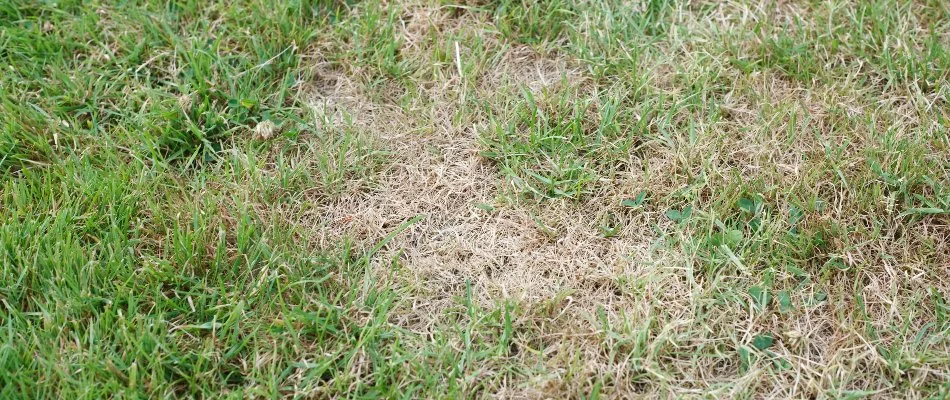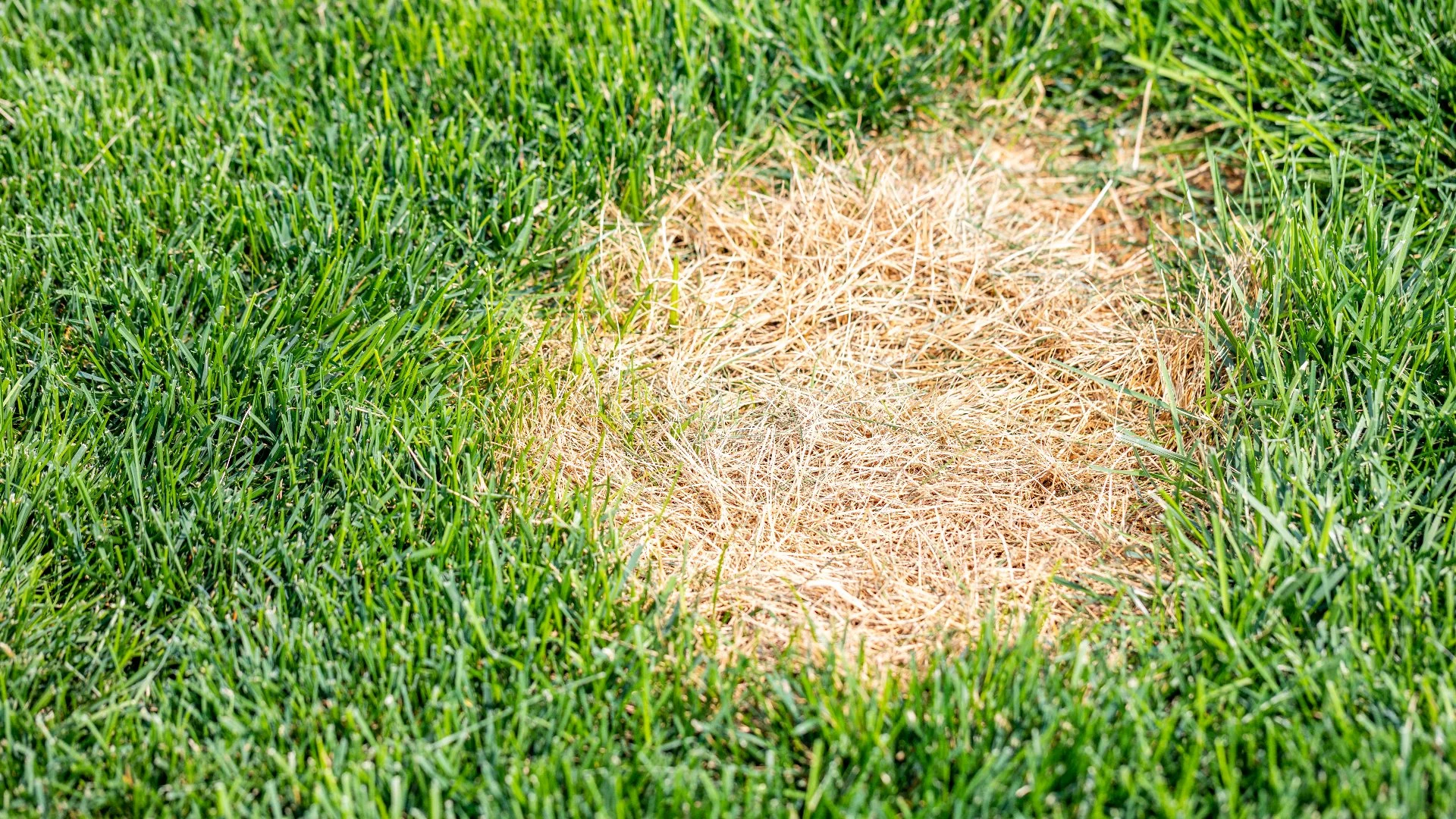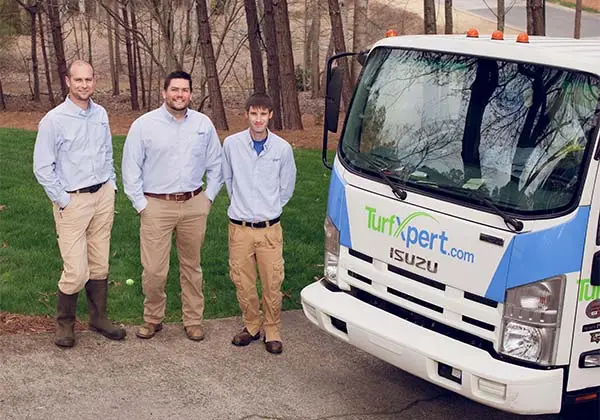If you notice brown, circular patches on your lawn, it could be a sign of a common fungal disease known as brown patch. Brown patch affects many turfs throughout Georgia and, like most fungal diseases, can quickly spread and cause significant damage. If you suspect your lawn has fallen victim to it, it’s best to contact a lawn care professional so they can administer a curative treatment. Moreover, even after the disease has been treated, it’s important to schedule follow-up lawn care services, such as fertilization, aeration, and overseeding, to help your grass recover.
What is brown patch, and what kind of damage can it cause?
Brown patch is a common fungal disease that can affect a wide range of grass types in Georgia. It typically infects lawns with poor drainage or those that receive too much water and provides ideal conditions for it to fester. This disease thrives in warm, humid conditions, making it a common problem in the summer months and causing significant damage if left untreated. Brown patch appears as circular patches of dead grass ranging in size from a few inches to several feet in diameter. The patches may also have a yellow or brown halo around the edges.
If you suspect your lawn is suffering from brown patch, schedule a curative lawn disease control treatment.

If you think your lawn is suffering from brown patch, the first step is to contact a lawn care professional as soon as possible. A trained professional can confirm if it is infected with this fungal disease and, if so, can administer curative lawn disease control treatments to stop it in its tracks so it doesn't continue to cause any additional damage to your turf.
After brown patch has been treated, you'll need to help your lawn recover with lawn care services.
Once you’ve gotten rid of brown patch, it's important to schedule lawn care services to help your lawn recover, including fertilization, aeration, and overseeding. Fertilizer treatments add essential nutrients, including nitrogen, phosphorus, and potassium, to the soil to help your grass rebuild its strength after a fungal infection and yield new, healthy growth. Additionally, a well-fertilized lawn will have better resistance to brown patch and other diseases in the future.
Aeration is the process of creating small holes in the soil to allow air, water, and nutrients to penetrate deeper and reach the roots of your grass. This process also helps to loosen the soil, reduce thatch buildup, promote healthy root growth, and improve water retention. With all these benefits, your turf can recover quicker after a brown patch infection. Meanwhile, overseeding involves spreading seeds across your lawn to fill bare and patchy areas resulting from this disease with new, healthy grass.
 Overseeding is usually paired with aeration, as the holes created provide the seeds with direct soil contact and will yield the best results for your lawn.
Overseeding is usually paired with aeration, as the holes created provide the seeds with direct soil contact and will yield the best results for your lawn.Call us to sign up for our lawn disease control service and rid your lawn of brown patch!
Is brown patch ruining the lush, green aesthetic of your lawn? If so, don't let this fungal disease take over! At TurfXpert, we offer professional lawn disease control treatments that target brown patch and other fungal diseases. Our experienced team will confirm if your lawn is infected with brown patch and administer curative treatments to stop the disease in its tracks. Afterward, we'll help your lawn recover with services such as fertilization, aeration, and overseeding. We provide our lawn disease control service to residential and commercial properties, along with HOAs, in Woodstock, GA, and surrounding areas, like Roswell and Alpharetta. Restore the health and beauty of your lawn by calling us at (833) 444-8873 to sign up today!




Comments (0)
Thanks for your comment!
Thanks for your feedback! Your comments have been successfully submitted! Please note, all comments require admin approval prior to display.
Error submitting comment!
There is a problem with your comment, please see below and try again.